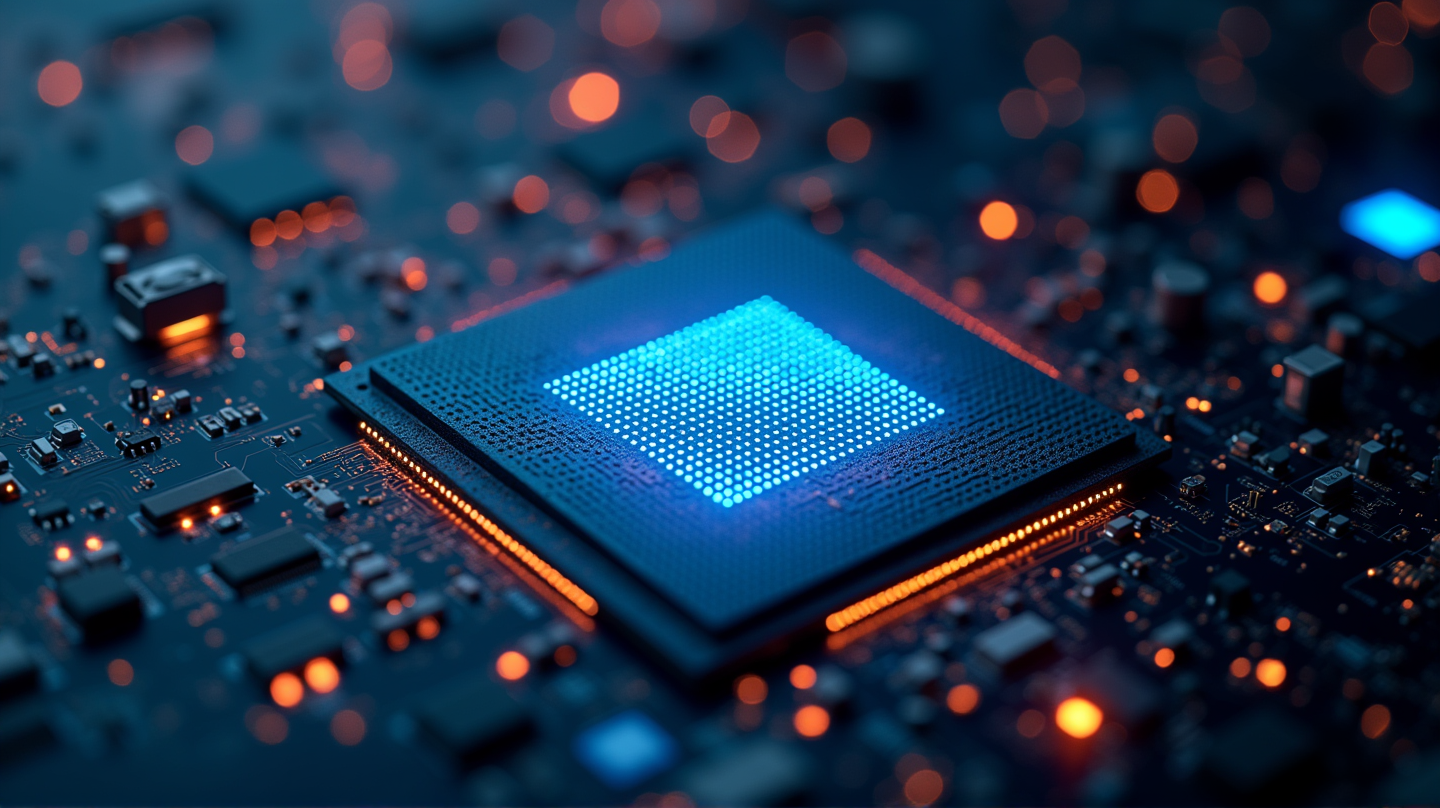In a striking turn of events, OpenAI has started partnering with tech giant Google to utilize its AI chips, thereby minimizing its dependence on Nvidia. Here’s a close look at this transformative collaboration and its implications for the AI landscape.
A New Era of AI Partnerships
The AI world is buzzing with excitement as OpenAI, the mind behind ChatGPT, has reportedly begun integrating Google’s AI chips into its operations. This revelation, according to a Reuters report, signals a significant shift in OpenAI’s approach to sourcing technology for its cutting-edge applications. Historically, OpenAI has relied heavily on Nvidia for its AI computing needs, particularly for model training and inference.
A Strategic Diversification Move
OpenAI’s decision to diversify its chip suppliers underlines a strategic shift, likely aimed at boosting efficiency and cost-effectiveness. By incorporating Google’s tensor processing units (TPUs), OpenAI is setting a precedent in the tech industry, choosing a path that might offer more competitive pricing alternatives to Nvidia’s traditionally dominant graphics processing units (GPUs). According to Times of India, this step could herald a new era where tech partnerships redefine industry standards.
What This Means for Google
For Google, this partnership isn’t merely about one customer relationship—it represents a broader initiative to utilize its proprietary TPUs beyond internal operations. The reported collaboration with OpenAI opens avenues for Google to engage with new clientele, including renowned companies like Apple. This strategic outreach, enriched with hardware and software solutions, might significantly bolster Google’s cloud business, making their AI ecosystem more appealing.
Echoes in the AI Ecosystem
The ramifications of this collaboration ripple through the AI ecosystem. Competitors and startups, many helmed by ex-OpenAI members, might feel the tremors of this deal. Organizations like Anthropic and Safe Superintelligence stand to observe and adapt to OpenAI’s latest ventures. Google’s potential to market its TPUs as cost-efficient alternatives to Nvidia’s offerings posits an interesting dynamic, potentially reshaping how companies approach AI chip procurement.
Not Without Its Challenges
Though this venture between OpenAI and Google showcases innovation and adaptability, it’s not devoid of challenges. Reports suggest Google’s reluctance to share its most advanced TPUs with OpenAI, hinting at underlying competitive tensions. Nonetheless, both OpenAI and Google appear poised to navigate these complexities, possibly paving the way for future collaborations in the fast-evolving AI domain.
In essence, OpenAI’s strategic move to collaborate with Google is not just a tactical decision but a statement in the tech narrative—one that could influence future innovations and partnerships in the AI sector.
